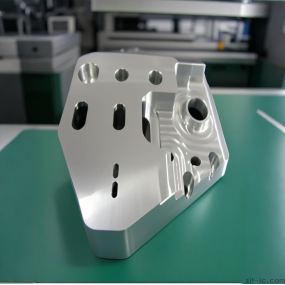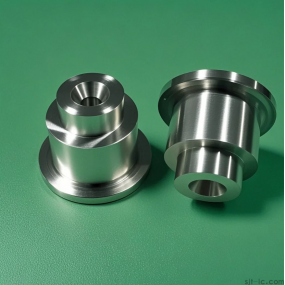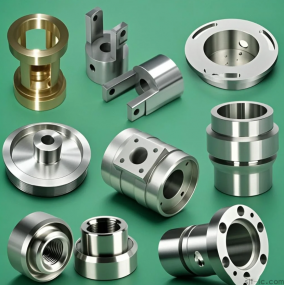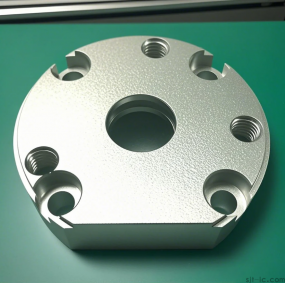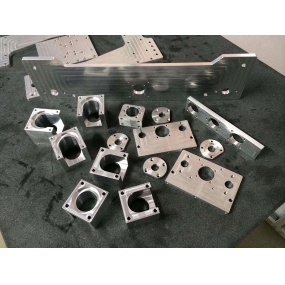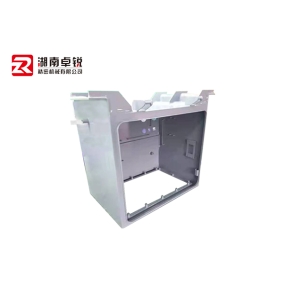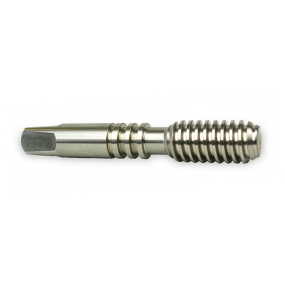Ever held a small engine piston in your hand? It feels simple, right? But if the CNC Machining is off by just a hair—we're talking microns here—your entire engine could lose power, start guzzling oil, or even fail prematurely. 😰 For procurement managers and engineers, this isn't just a minor hiccup; it's a direct hit to product quality and reliability. So, how do you make sure the pistons you're sourcing or manufacturing hit that gold standard of precision every single time? Let's dive in and untangle this.
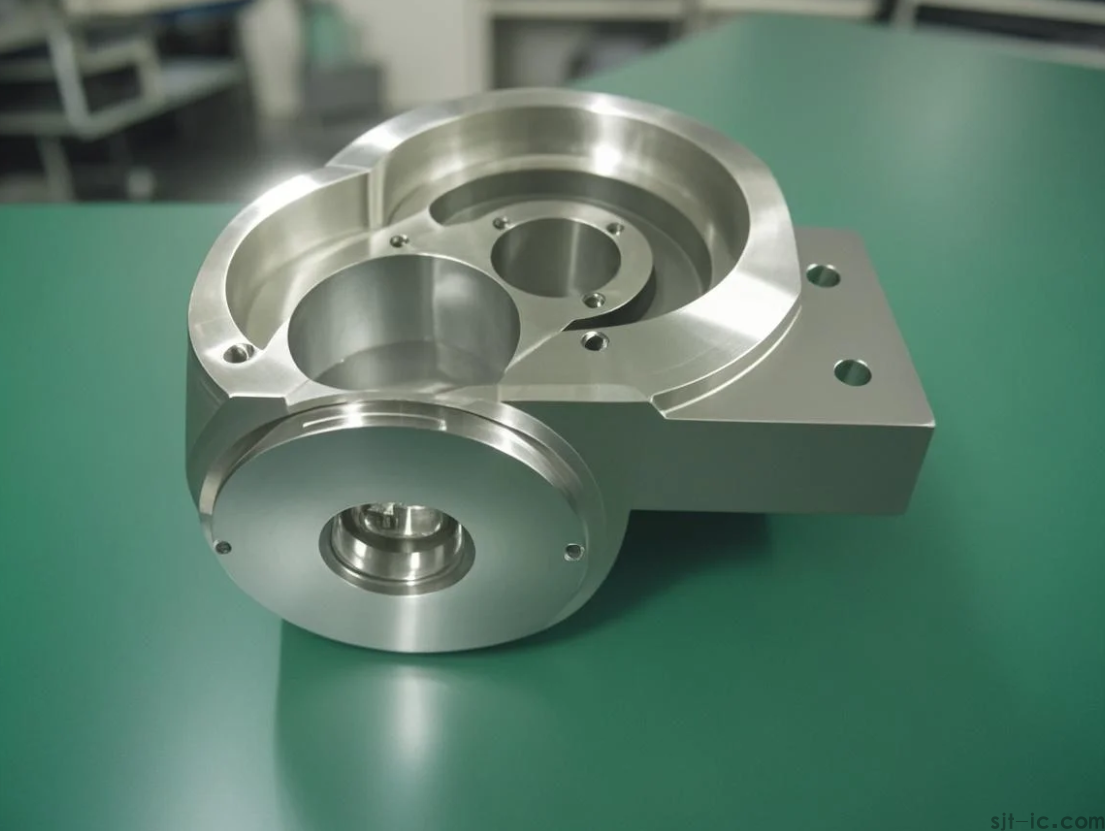
What Exactly is "Precision" in Piston Machining?
When we talk about precision for a small engine piston, we're not throwing around a fancy word. It boils down to a few non-negotiable specs. We're looking at the diameter of the piston skirt, the roundness, and the precise dimensions of the piston pin holes. Get these wrong, and the piston won't fit snugly in the cylinder, leading to all sorts of performance issues. It's like trying to wear a shoe that's two sizes off – it just won't work smoothly. 👟
What's The Biggest Hurdle in CNC Machining These Pistons?
The real tricky part, in my experience, often comes down to managing heat and material stress. Aluminum alloys, which are common for pistons, can be a bit temperamental. They expand with heat during machining, which can distort the final dimensions if you're not careful.
However, having said that, this isn't an impossible challenge. Modern CNC shops use a cocktail of strategies—like using sharp cutting tools, applying high-pressure coolant exactly where it's needed, and making cuts in several gentle stages instead of one aggressive pass. This approach might suggest that achieving perfect precision is just a matter of having the right equipment.
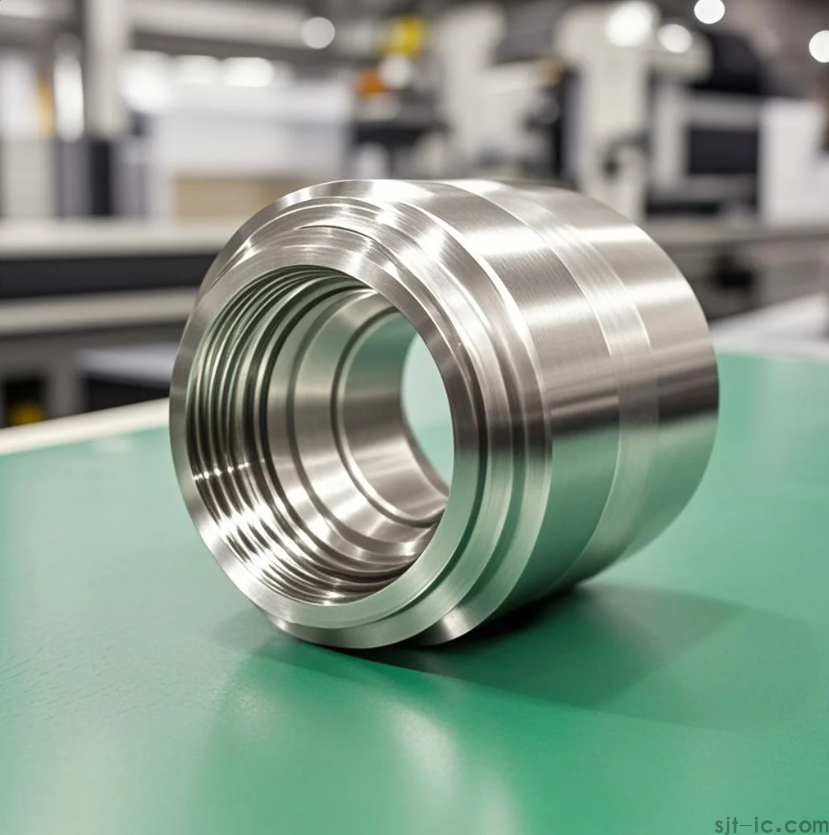
My Go-To CNC Process For Flawless Pistons
I've seen and specified a lot of processes, and the one that consistently delivers is a multi-step approach. It's not just about running a program and hoping for the best.
Step 1: The Rough Cut
This is where we remove the bulk of the material. Speed is key here, but we still leave a little extra material—an allowance—for the final finishing.
Step 2: The Heat Treatment
Sometimes, the piston needs to be heat-treated after roughing to relieve any internal stresses. This prevents warping later on, which is a lifesaver for long-term durability.
Step 3: The Precision Finish
This is where the magic happens. The machine makes light, precise cuts to hit the exact dimensions and that super smooth surface finish. This step is all about finesse, not power.
Why Material Choice is a Game-Changer
You can't talk about machining precision without mentioning the material. While aluminum is the go-to, not all aluminum is created equal. Some alloys are just easier to machine stably than others. A good supplier will work with you to choose a grade that offers the best balance of strength, weight, and machinability. Picking the right material from the start makes the whole CNC process smoother and the results more predictable.
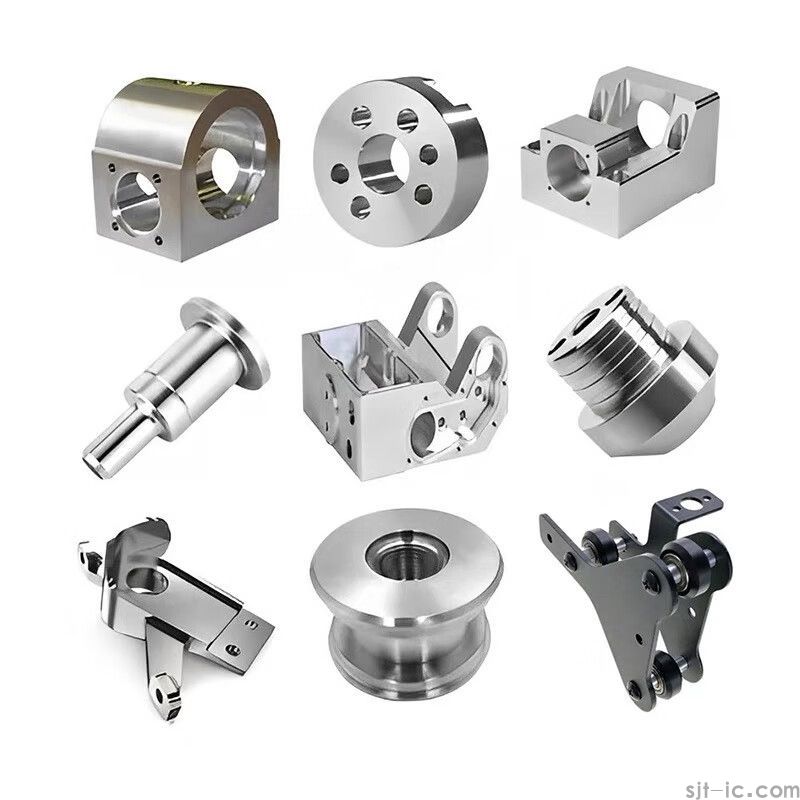
A Quick Tip for Your Quality Control
Never, ever skip the in-process checks. The best shops don't just measure the final product; they check critical dimensions at various stages of the machining process. This catches a drift in the machine or a tool wearing out before it ruins a whole batch of parts. It’s a simple habit that saves a ton of time, money, and headaches. For something as critical as a piston, this proactive approach to quality control is what separates the best from the rest.
Getting the precision right in small engine piston CNC machining is a detailed dance between machine, material, and method. It's what ensures the heart of your engine beats strong and long. If you're looking for a partner who gets these details and can deliver consistent, high-precision results, why not reach out? Our technical team is ready to discuss your specific project needs and help you get it right from the first part. 💬


 Spanish
Spanish Arabic
Arabic French
French Portuguese
Portuguese Belarusian
Belarusian Japanese
Japanese Russian
Russian Malay
Malay Icelandic
Icelandic Bulgarian
Bulgarian Azerbaijani
Azerbaijani Estonian
Estonian Irish
Irish Polish
Polish Persian
Persian Boolean
Boolean Danish
Danish German
German Filipino
Filipino Finnish
Finnish Korean
Korean Dutch
Dutch Galician
Galician Catalan
Catalan Czech
Czech Croatian
Croatian Latin
Latin Latvian
Latvian Romanian
Romanian Maltese
Maltese Macedonian
Macedonian Norwegian
Norwegian Swedish
Swedish Serbian
Serbian Slovak
Slovak Slovenian
Slovenian Swahili
Swahili Thai
Thai Turkish
Turkish Welsh
Welsh Urdu
Urdu Ukrainian
Ukrainian Greek
Greek Hungarian
Hungarian Italian
Italian Yiddish
Yiddish Indonesian
Indonesian Vietnamese
Vietnamese Haitian Creole
Haitian Creole Spanish Basque
Spanish Basque

